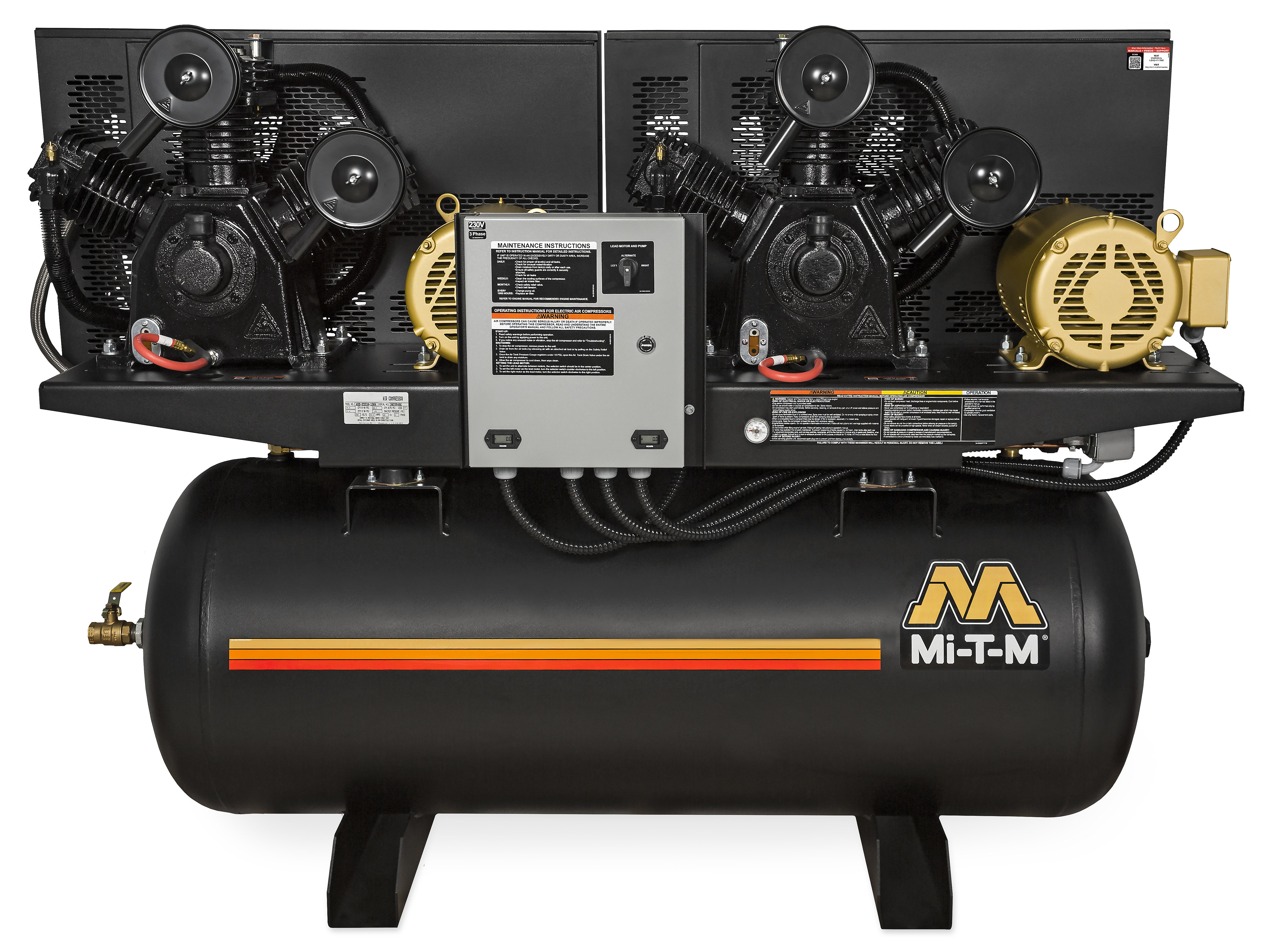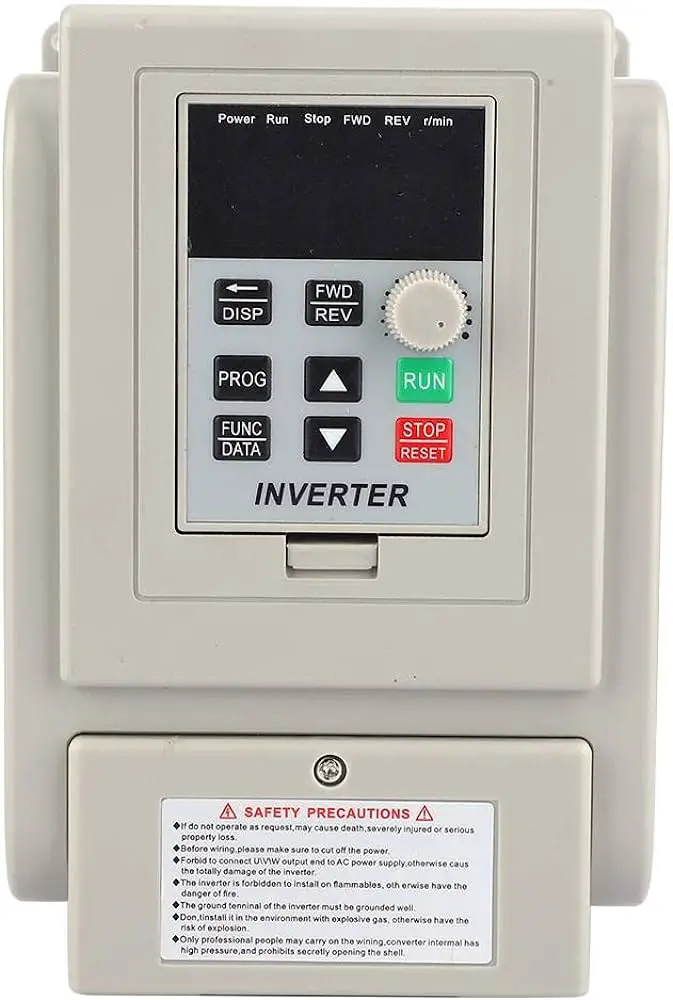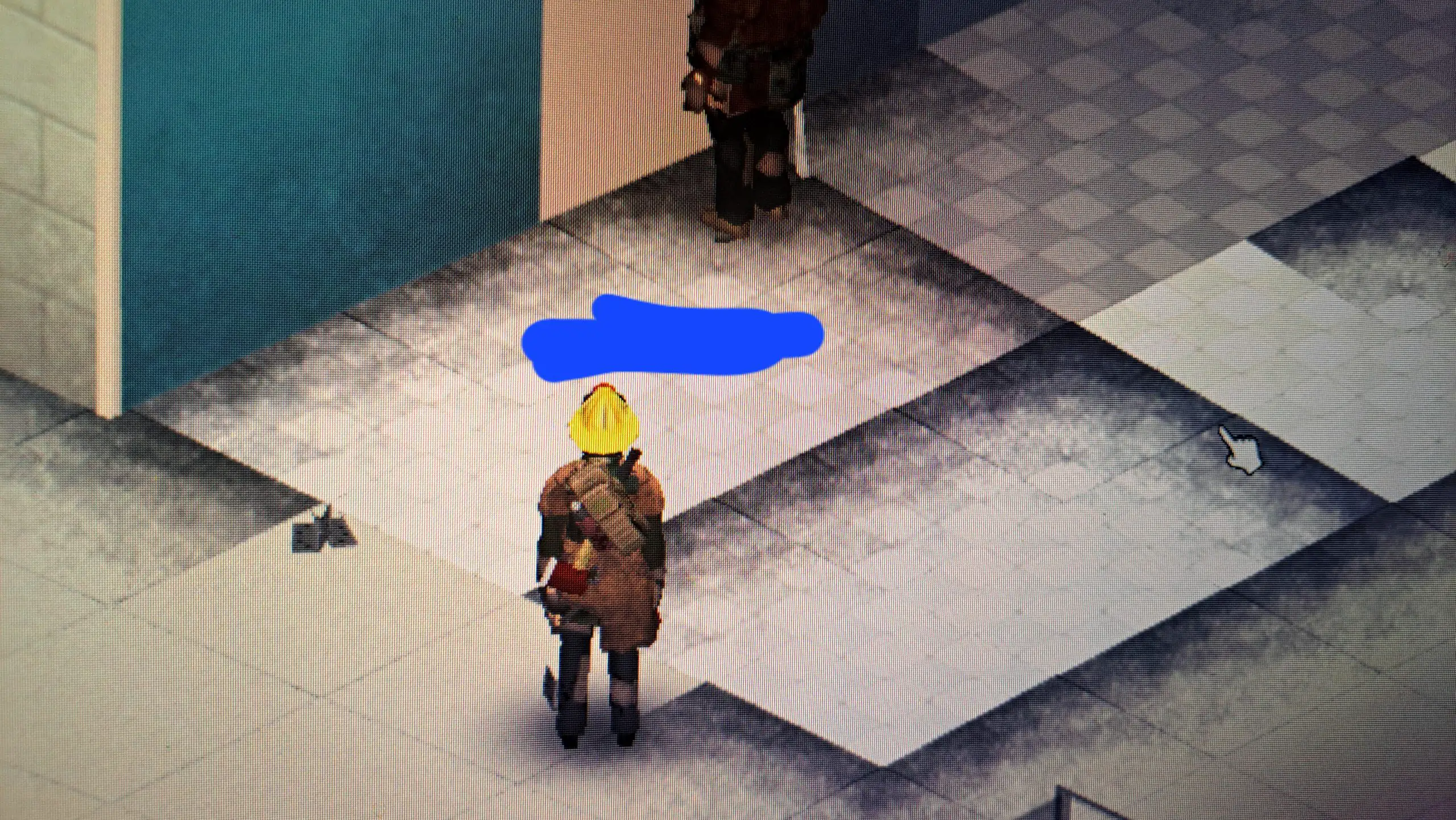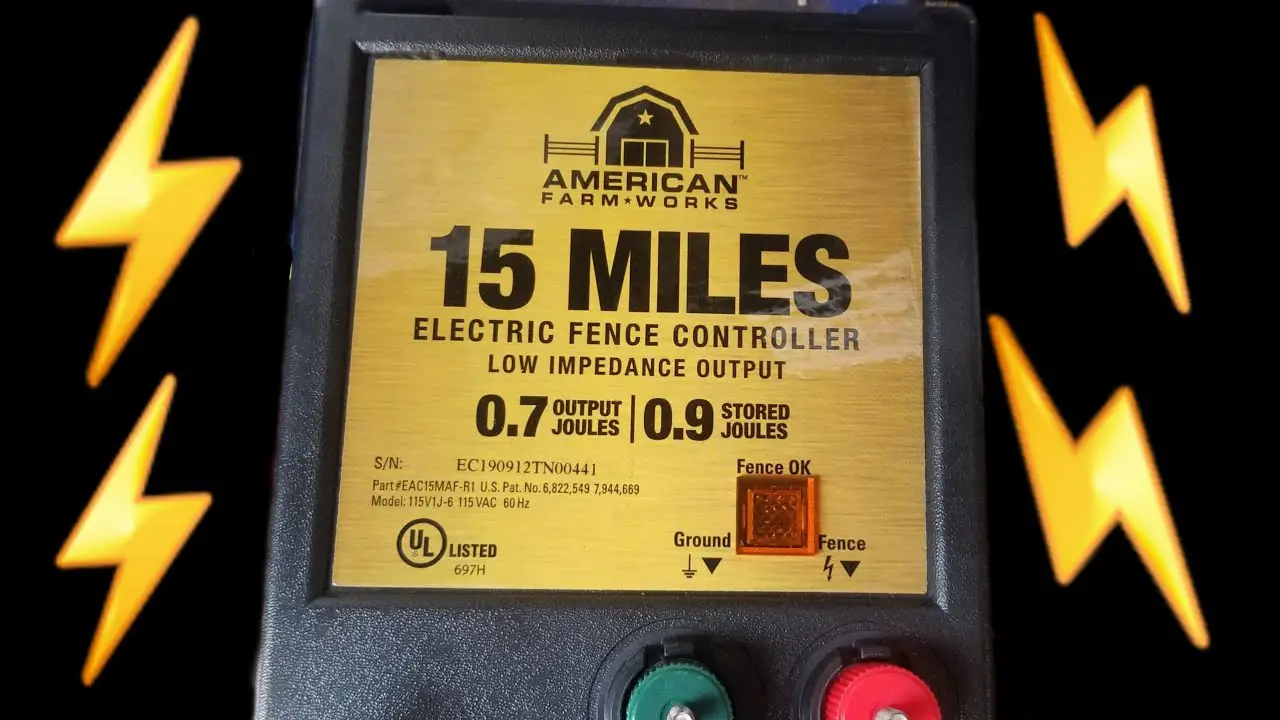Before starting an electric motor, it is crucial to ensure that all tools are placed away from the coupling or pulley and stand well to the side of the motor. Starting an electric motor comes with its own set of safety precautions that should not be overlooked.
Electric motors can pose serious hazards if not handled properly, therefore, it is vital to adhere to specific safety measures before initiating the motor’s operations. This introduction will discuss the essential safety precautions required for starting an electric motor to ensure the safety of personnel and the efficient functioning of the equipment.
Understanding and implementing these safety measures is crucial for any individual or team working with electric motors, emphasizing the significant impact that safety considerations have on daily operations.

Credit: spraywell.com
Table of Contents
ToggleAssessing Motor And Environment
Before starting an electric motor, it is crucial to assess the motor and environment to ensure safety. Firstly, examine the motor for any visible damage such as cracks or dents. Additionally, verify the installation of guards and safety devices to prevent accidents. Inspect the surrounding workspace for clutter and ensure that it is tidy to avoid any obstructions during operation. Confirm that there is sufficient lighting around the motor area to enable clear visibility and prevent accidents due to poor lighting conditions.
Ensuring Secure Connections
Before starting an electric motor, it is crucial to check electrical connections for tightness to ensure secure operations. Additionally, validating proper coupling and alignment is essential to prevent potential hazards and ensure smooth functioning. Furthermore, it is important to visually inspect the motor and surrounding area for any signs of wear or loose parts. Taking these safety precautions before starting an electric motor is vital for the safety of the equipment and the individuals involved.
Comprehensive Electric Motor Testing
Before starting an electric motor, it is crucial to review motor and circuit test records. Additionally, conducting a pre-start test run where applicable is essential for ensuring the safety and optimal functioning of the motor. It is important to take appropriate safety precautions, such as placing all tools away from the coupling or pulley and standing well to the side of the motor. Wearing the necessary personal protective equipment (PPE) including safety glasses and gloves is imperative. Ensuring that the motor is properly locked out and tagged out according to established lockout/tagout procedures is vital to prevent accidental energization during maintenance or repairs. Before starting the motor, conducting a visual inspection for any signs of damage or hazards, ensuring proper coupling alignment, and checking for loose parts at the coupling and shaft are crucial safety measures.
Personal Protective Equipment (ppe) Usage
Before starting an electric motor, it is crucial to wear the appropriate personal protective equipment (PPE) to ensure safety. This includes safety glasses, gloves, and any other necessary protective gear. Additionally, it is important to lockout/tagout the motor as per established procedures to prevent accidental energization during maintenance or repairs. Prior to starting the motor, a visual inspection should be carried out to check for any signs of damage, loose connections, or potential hazards. Ensure that all guards and safety devices are in place. It is also vital to check the alignment and fastening of the coupling to prevent vibration and stress hazards. Finally, standing to the side is advised to avoid potential hazards from loose parts when starting the motor with a disconnected coupling.
Lockout/tagout Procedures
Before starting an electric motor, it is crucial to follow proper lockout/tagout procedures to ensure safety. This involves complying with established procedures to prevent accidental energization during maintenance or repairs. Steps for a proper lockout/tagout process include wearing appropriate personal protective equipment, visually inspecting the motor and surrounding area for any signs of damage, ensuring proper coupling alignment, and checking for warning signs such as loose parts. It is also important to stand well to the side of the motor to avoid potential hazards. By adhering to lockout/tagout procedures, the risk of injury, fire, and electric shock can be reduced, creating a safer working environment for all involved.
Emergency Preparedness
Before starting an electric motor, it is crucial to take certain safety precautions to ensure emergency preparedness. One important aspect is the placement of emergency stop controls, which should be easily accessible and clearly marked to enable quick shutdown in case of emergencies. Additionally, procedures for handling electric motor emergencies should be well-documented and communicated to all relevant personnel.
Continuous Supervision And Monitoring
Before starting an electric motor, continuous supervision and monitoring are crucial. During operation, it is important to monitor key performance indicators to ensure the motor is running safely and efficiently. This includes checking for any abnormalities in temperature, vibration, and noise levels. Additionally, visually inspecting the motor, coupling, and surrounding area for any signs of damage, loose connections, or potential hazards is essential. Proper coupling alignment and secure fastening must be confirmed before starting the motor to prevent vibration and stress. Furthermore, standing to the side in case of loose parts and ensuring that all tools are placed away from the coupling or pulley are important safety measures. Personal Protective Equipment (PPE) and lockout/tagout procedures should also be followed to maintain a safe working environment.
Vibration And Noise Assessment
Before starting an electric motor, it is important to conduct a vibration and noise assessment to ensure safe operation. One of the crucial steps in this assessment is identifying irregular vibrations or sounds. If anomalies are detected, measures should be taken immediately to address the issue. This may include checking for loose parts at the coupling and the shaft, standing to the side to avoid potential flying objects, wearing appropriate personal protective equipment (PPE) such as safety glasses and gloves, and ensuring that the motor is properly locked out and tagged out through lockout/tagout procedures. Additionally, a visual inspection of the motor, coupling, and surrounding area should be carried out for signs of damage, loose connections, and other potential hazards. Proper alignment and fastening of the coupling should also be verified to prevent vibration and potential hazards.
Routine Post-operation Inspections
Safety precautions are crucial before starting an electric motor to ensure smooth operations and prevent accidents. Scheduling regular maintenance sessions is essential to keep the motor in optimal condition and identify any potential issues. Routine post-operation inspections play a vital role in maintaining safety. A checklist for post-operation motor inspection should include visual inspections to detect any signs of damage or loose connections, as well as ensuring that all guards and safety devices are in place. Additionally, it’s important to verify that the coupling is properly aligned and securely fastened before starting the motor. These precautions are vital in preventing hazards and ensuring safe operation of electric motors.
Frequently Asked Questions Of What Safety Precaution Is Required Before Starting An Electric Motor
What Are The Precautions Of Electric Motor?
Before starting an electric motor, place tools away from the coupling, and stand to the side of the motor. Wear appropriate personal protective equipment and ensure the motor is locked out and tagged out. Visually inspect the motor, coupling, and surrounding area for any potential hazards.
Check for loose parts at the coupling and shaft.
What Are The Safety Precautions For Electrical Motors?
Safety precautions for electrical motors include wearing personal protective equipment such as safety glasses and gloves, ensuring lockout/tagout procedures are followed, visually inspecting the motor and its surroundings for damage, checking coupling alignment, and standing away from potential flying parts during startup.
Always prioritize safety measures before operating electrical motors.
What Safety Precautions Should Be Taken When Electrically Troubleshooting Motors?
When troubleshooting electric motors, follow these safety precautions: 1. Keep tools away from the motor and stand to the side. 2. Wear appropriate personal protective equipment (PPE). 3. Ensure proper lockout/tagout procedures are in place. 4. Conduct a visual inspection of the motor and couplings.
5. Check for loose parts around the coupling and shaft.
What Are The Safety Precautions In Starting The Engine?
Before starting an electric motor, take these safety precautions: Keep tools away from the motor and stand to the side. Wear appropriate PPE such as safety glasses and gloves. Ensure the motor is properly locked out and tagged out. Check for loose parts at the coupling and shaft.
Conclusion
Before starting an electric motor, it is essential to adhere to safety precautions such as wearing appropriate personal protective equipment, ensuring proper lockout/tagout procedures, conducting a visual inspection for potential hazards, and checking coupling alignment. These measures are crucial in ensuring safe and efficient operation while minimizing the risk of potential accidents or injuries.










